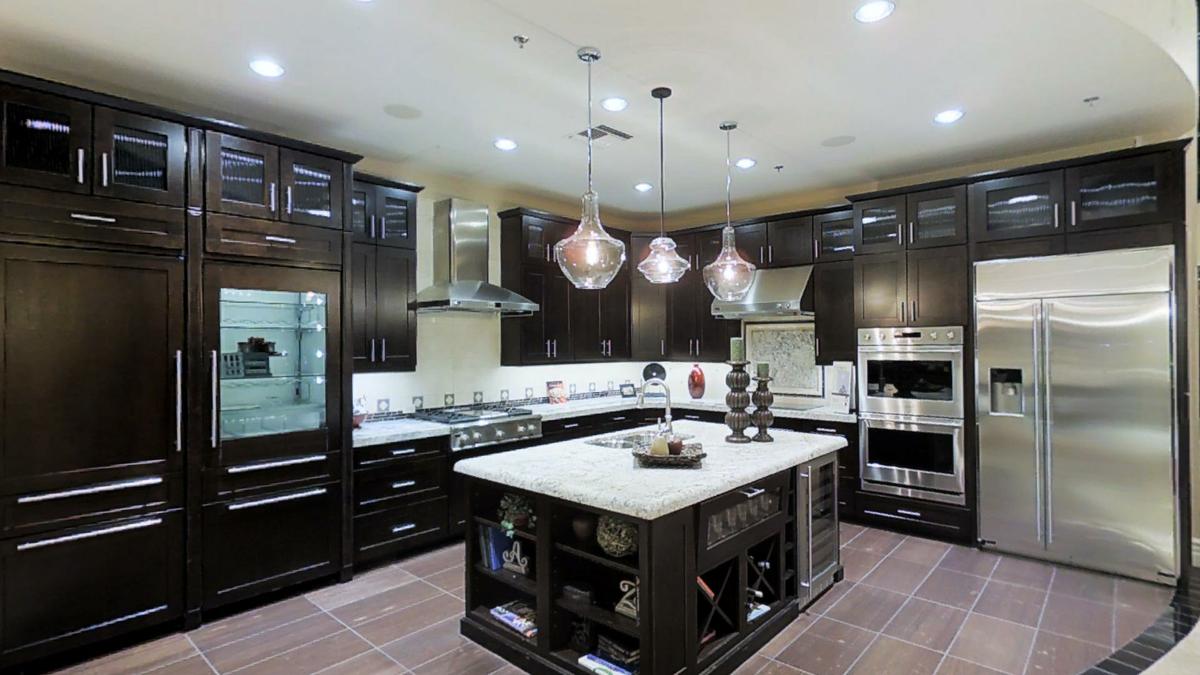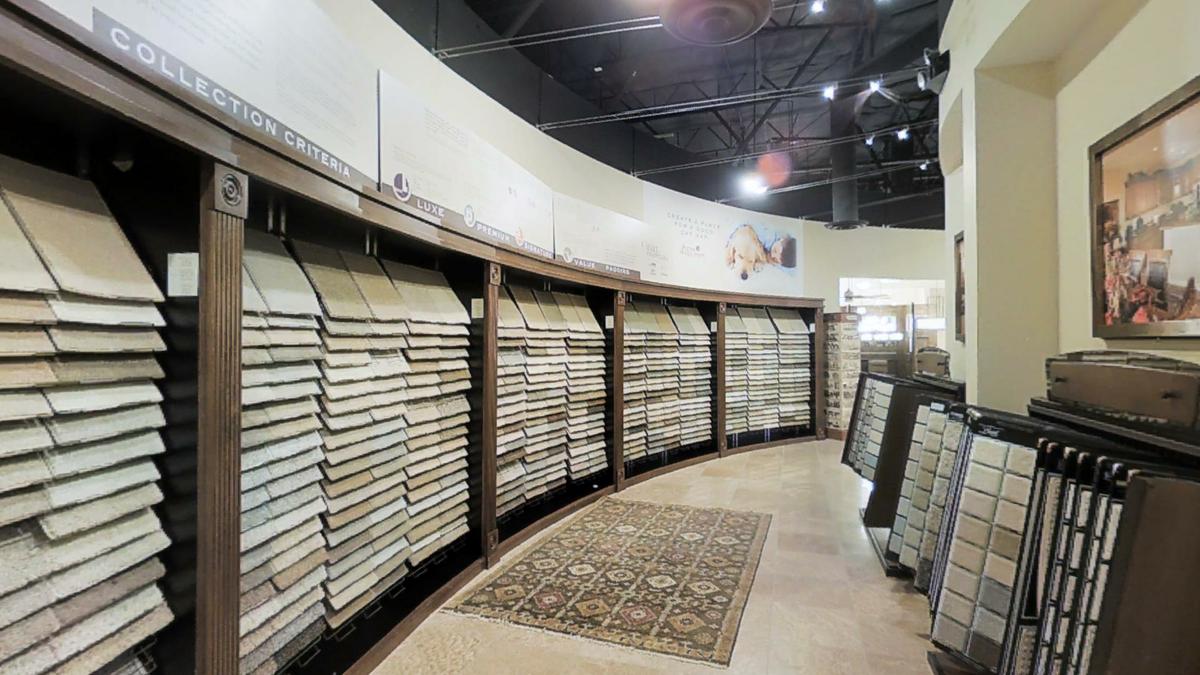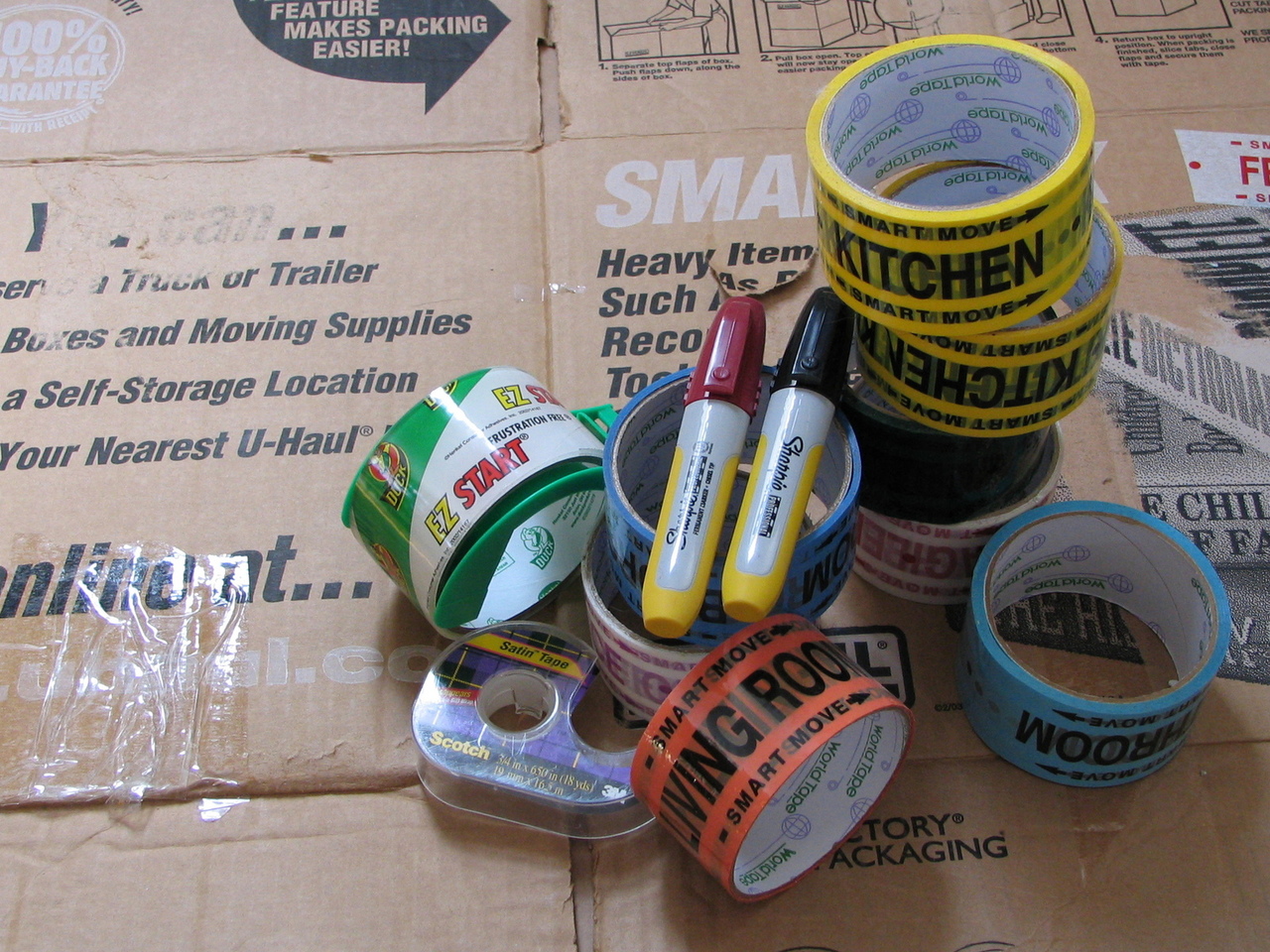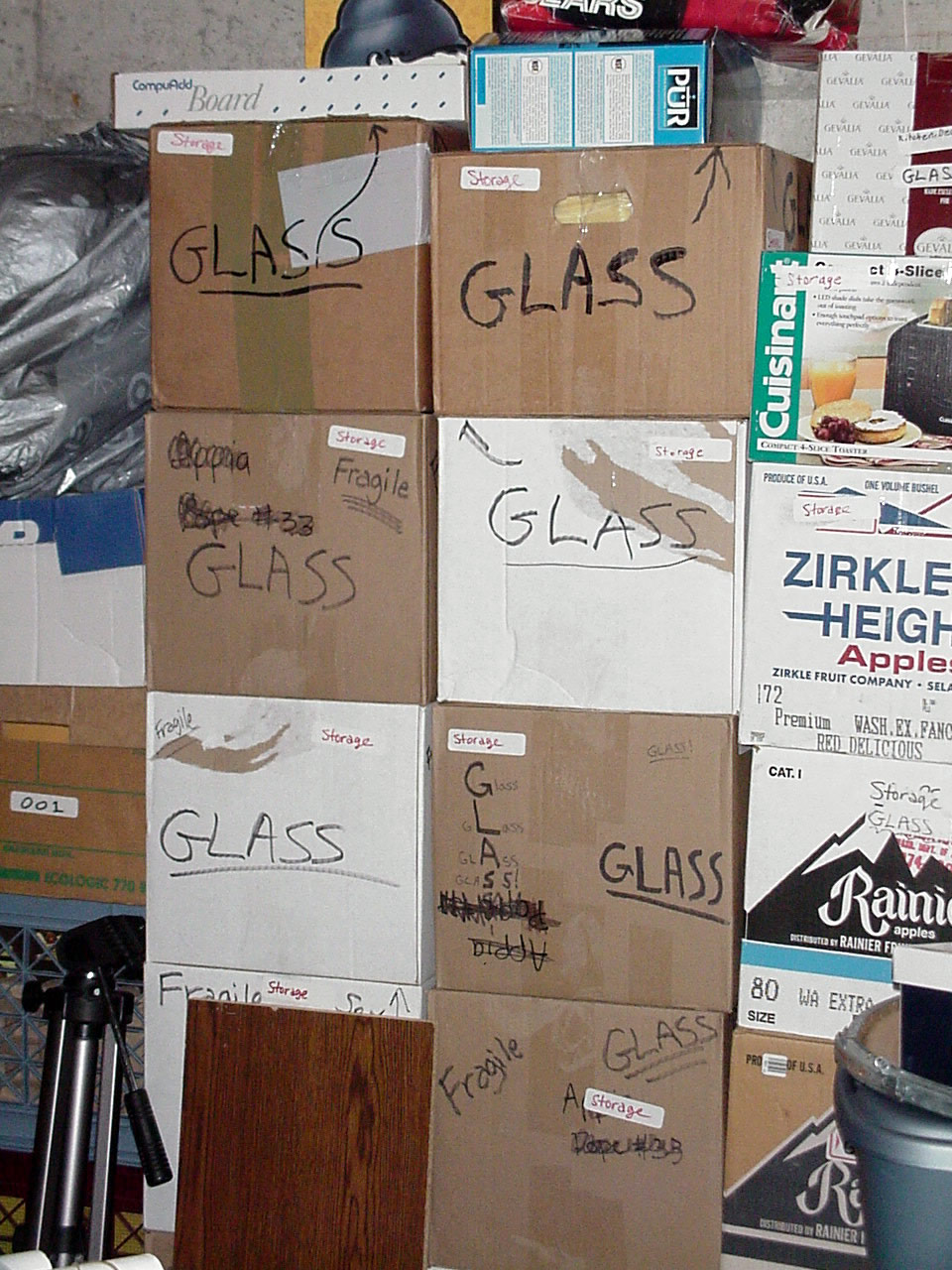 What would your perfect kitchen be like? Would looks or functionality be more important? Do you want great cabinets or would you compromise on that to have just the right appliances? Could you live with a smaller refrigerator as long as you have a gas range? Well, when you walk into the Fulton Design Center, those may be the decisions you will face, so it pays to think about them now.
What would your perfect kitchen be like? Would looks or functionality be more important? Do you want great cabinets or would you compromise on that to have just the right appliances? Could you live with a smaller refrigerator as long as you have a gas range? Well, when you walk into the Fulton Design Center, those may be the decisions you will face, so it pays to think about them now.
Start by taking a look at your current kitchen. Would you like more cabinet space? How about better lighting? Do you like your current cooktop or do you want something different? How much countertop space do you have now? Could you use more? When you think about what you want in a new kitchen, analyzing your current kitchen is a good jumping off point.
Next, visit the Fulton Design Center during one of our browse nights. Spend time in the various kitchen vignettes like this one. Take the time to see which kitchen feels the most comfortable for you. Are you drawn to the rich dark finish of these cabinets? Or maybe you’ll find you prefer the lighter tones of one of the other vignettes. Spend some time standing and looking around at the various choices. They’re designed to help give you ideas for your own home.
Finally, check out all of the options available. Some might be a good fit for your approach to cooking. Others may be unnecessary. Don’t project your dream of becoming a gourmet chef onto your kitchen if you know you specialize in tuna casseroles. On the other hand if you like hanging with your kids after school while you fix dinner then you probably want that island extension that gives them space to sit and chat with an after-school snack.
Whatever kitchen you create, we know it will be just as perfect for yourself and your family as your new Fulton Home will be for all of you!

 When you move into a new home, you choose it first because of budget, then location and layout. You may consider the reputation of the home builder. If you’re smart, you wander through other neighborhoods the builder created in the past to see how well the houses have held up over time.
When you move into a new home, you choose it first because of budget, then location and layout. You may consider the reputation of the home builder. If you’re smart, you wander through other neighborhoods the builder created in the past to see how well the houses have held up over time. What factors are important when choosing the right carpeting for your home? Most people want a lighter tone so that it doesn’t make their home feel too dark. But you don’t want to go too light so that it doesn’t show the dirt too easily. But beyond that, what should you look for? Here are a few things to consider.
What factors are important when choosing the right carpeting for your home? Most people want a lighter tone so that it doesn’t make their home feel too dark. But you don’t want to go too light so that it doesn’t show the dirt too easily. But beyond that, what should you look for? Here are a few things to consider. A new resident at Fulton Homes’ Mendocino at Ashcreek community in Queen Creek now holds the distinction of being the 10,000 SRP ENERGY STAR customer in the entire Phoenix Valley.
A new resident at Fulton Homes’ Mendocino at Ashcreek community in Queen Creek now holds the distinction of being the 10,000 SRP ENERGY STAR customer in the entire Phoenix Valley. Once again this summer Fulton Homes partnered with KEZ 99.9 for the annual Fulton Homes “Stuff the Bus” campaign. This event aids deserving families by helping to collecting school supplies for for kids who could use help getting the things they need for the upcoming school year. This year’s donation drive ran from June 6 to July 10 at Chandler Fashion Center.
Once again this summer Fulton Homes partnered with KEZ 99.9 for the annual Fulton Homes “Stuff the Bus” campaign. This event aids deserving families by helping to collecting school supplies for for kids who could use help getting the things they need for the upcoming school year. This year’s donation drive ran from June 6 to July 10 at Chandler Fashion Center. Fulton Homes has a sincere commitment to building homes that are safe for its customers, and indoor air quality is an important part of that goal. That’s why Fulton Homes is proud to announce that it has received the Indoor airPLUS Leader Award for its dedication to offering safer and healthier homes through participating in the EPA’s Indoor airPLUS Program.
Fulton Homes has a sincere commitment to building homes that are safe for its customers, and indoor air quality is an important part of that goal. That’s why Fulton Homes is proud to announce that it has received the Indoor airPLUS Leader Award for its dedication to offering safer and healthier homes through participating in the EPA’s Indoor airPLUS Program.
 When you move into a new Fulton Homes community, chances are you won’t know any of your neighbors. But here’s the good news. You’re all new neighbors! You will have plenty of chances for casual encounters as other neighbors move in, you and your children meet at the playground and pool or walking through the community. But if you want to make sure you get to know your neighbors, here are a few suggestions to help.
When you move into a new Fulton Homes community, chances are you won’t know any of your neighbors. But here’s the good news. You’re all new neighbors! You will have plenty of chances for casual encounters as other neighbors move in, you and your children meet at the playground and pool or walking through the community. But if you want to make sure you get to know your neighbors, here are a few suggestions to help. This is the hardest part of moving, but it really pays: discard everything you can before you start packing. Here are some suggestions on how to approach this.
This is the hardest part of moving, but it really pays: discard everything you can before you start packing. Here are some suggestions on how to approach this. Moving into a new home is exciting but packing and unpacking – not so much. But if you approach the process in a smart way you will save yourself a lot of headaches and frustrations. This series of blogs will help you make a smooth transition from your current home to your new one.
Moving into a new home is exciting but packing and unpacking – not so much. But if you approach the process in a smart way you will save yourself a lot of headaches and frustrations. This series of blogs will help you make a smooth transition from your current home to your new one.